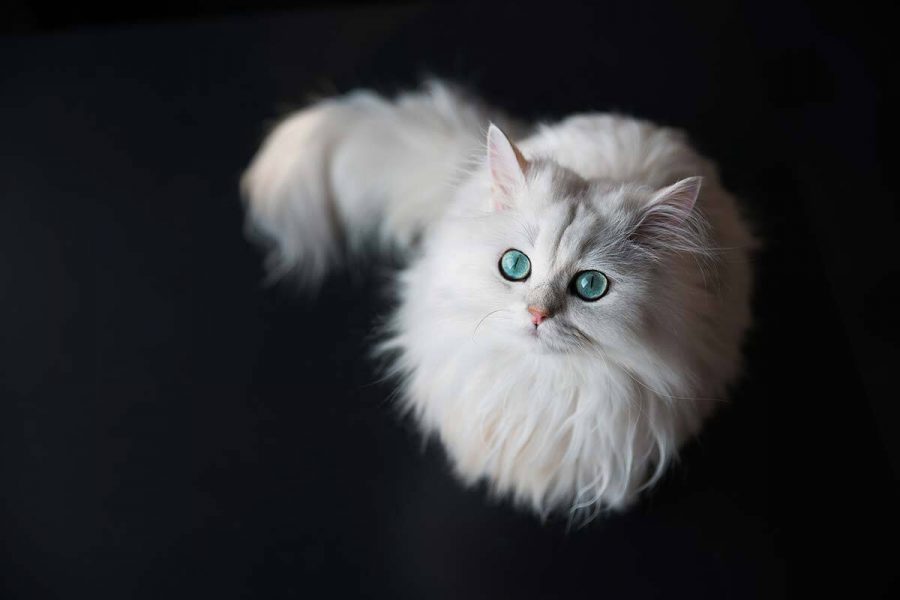Curious and decidedly nice, our feline friends are resourceful animals, arousing a great deal of interest in their behaviour and characteristics. Let’s find out how cats see.
How cats see
Skilled explorers of the world both during the day and at night, cats have no problem orienting themselves in the dark. So how do cats see? Their eyesight is very different from both ours and that of dogs. Their visual sphere, in fact, is about 200 degrees and this makes them really skilled hunters. Moreover, thanks to the peripheral vision of 30 degrees on both sides, they possess great visual skills without necessarily having to rotate their head. Cats do not see the full range of colours like us humans, but they still manage to detect some colours. For example, they are very good at distinguishing purple, blue, yellow but not red, orange and brown. This happens because our feline friends do not have the fovea (central part of the human retina) and therefore cannot detect all colour shades. However, they have more rods than humans, located in the central part of the ocular retina, and are able to intercept even the smallest movement.

How cats see in the dark
Although it is humans who excel in seeing over distances (we can see up to 60 metres, whilst cats see only up to 6 metres), the cat triumphs in terms of its ability to see in the dark. How do cats see in the dark? This great capacity is due to the presence of the shiny layer, but also because of the photoreceptors located in the retina. These allow excellent sight even in the absence of light. Furthermore, the elliptical shape of the pupils favours a better dilation during the dark and, thus, our cats really have no problem running around in the darkness. Cats see 6 to 8 times better than us during the night. Their pupils dilate a lot, amplifying the light about 40/50 times. However, a minimal source of light is always required, such as that of the moon or a street lamp.
How Cats See Humans
Cats consider humans as their point of reference, their “big” mother from whom they get food, playtime, affection and care. They have great trust in us and purring is proof of their affection. When, for example, the cat “kneads”, it simulates the behaviour of the kitten with its mother. We are neither friends nor owners – we are their parents!
